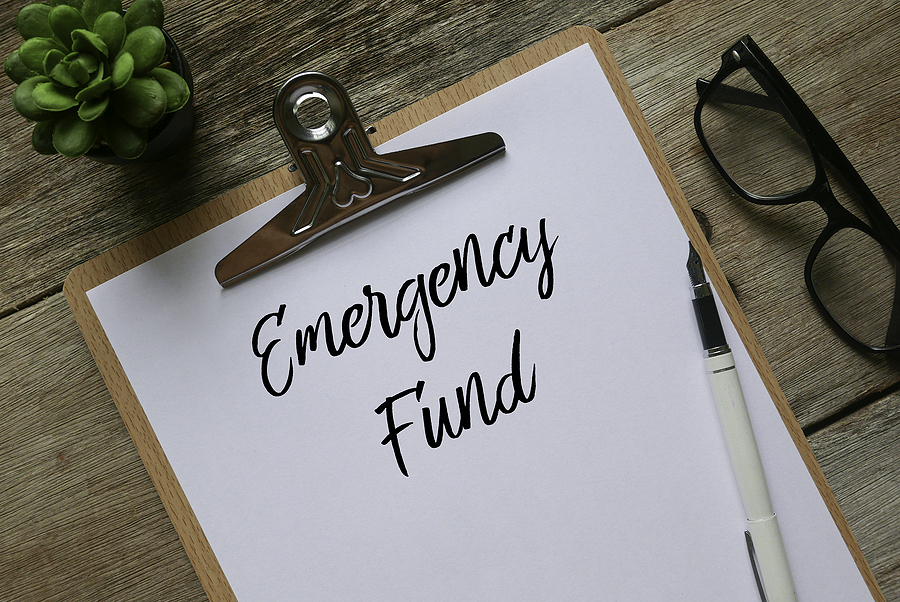Life is unpredictable, and financial surprises can arise when you least expect them. This is where an emergency fund comes in. This financial safety net is designed to cover unexpected expenses, like car repairs or medical bills, or provide support if you lose your job or source of income.
If you’re unsure about how you can start building your emergency fund, this article can help.
The Importance of an Emergency Fund
Before we delve into the steps of building an emergency fund, it’s important to know why you need one. An emergency fund can:
- Cover unexpected costs. From sudden home repairs to unanticipated healthcare expenses, an emergency fund ensures you’re financially prepared.
- Provide financial stability. Job loss or a reduction in income can drain your savings and strain your household budget. An emergency fund works as a buffer, giving you peace of mind.
- Reduce financial stress. Knowing you have a safety net can significantly reduce the stress associated with financial uncertainty.
Building Your Emergency Fund: A Step-by-Step Guide
Now that you know how essential it is to have an emergency fund, it’s time to plan for building your own.
1. Determine your goal amount.
Firstly, come up with a goal amount you’ll be saving towards. A common recommendation is to have enough to cover three to six months’ worth of living expenses. Consider your individual circumstances, such as job security and health status, when setting your goal amount.
2. Start small.
If the amount you need seems overwhelming, remember that it’s okay to start small. After all, saving a small amount regularly can add up over time.
3. Make saving for it automatic.
Set up an automatic transfer to your savings account each month. This set-and-forget method of building your emergency fund ensures consistency and eliminates the temptation to spend the money elsewhere.
4. Allocate windfalls and unexpected savings to your emergency fund.
Received a tax refund or bonus or sold something you no longer need? Consider putting it into your emergency fund.
5. Review and adjust your goal amount periodically.
As your income, expenses, and financial goals change, so should your savings plan. Regularly reviewing your plan helps ensure it stays relevant and achievable.
6. Keep it accessible but separate.
Your emergency fund should be easily accessible in case of urgent need. However, try to keep it separate from your regular checking account to avoid temptation.
Start building your emergency fund today
Saving for an emergency fund is a crucial step towards financial stability. It might take time, but the peace of mind and financial security it will provide you are invaluable.
Remember, every bit counts, and it’s the consistency in saving that truly matters in the long run.
Financial emergencies are inevitable, but with a robust emergency fund, they don’t have to be devastating.
If this article has inspired you to think about your own unique situation and, more importantly, what you and your family are going through right now, please contact your advice professional.
(Feedsy Exclusive)





